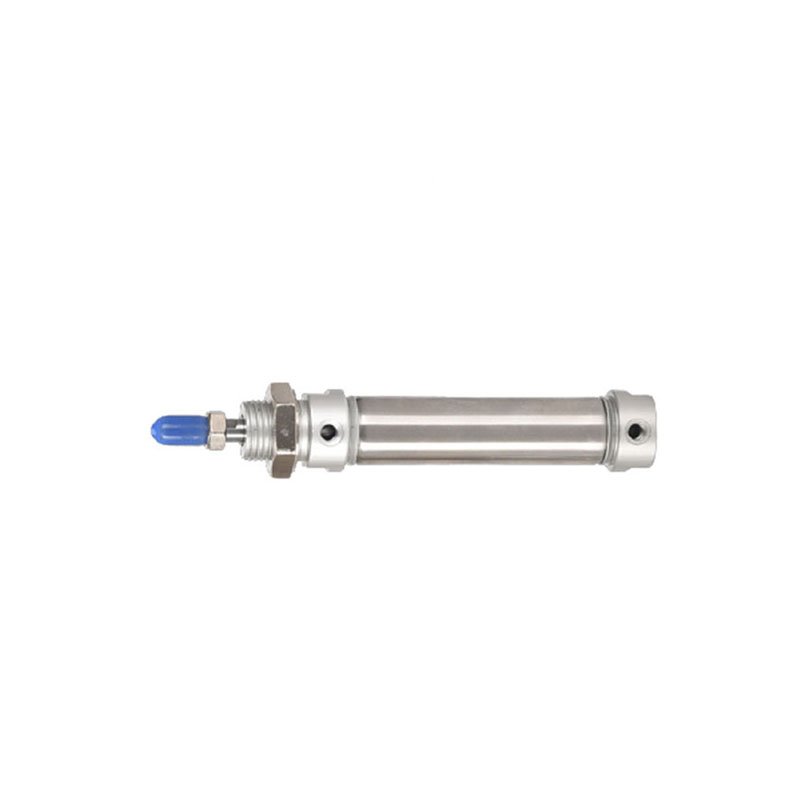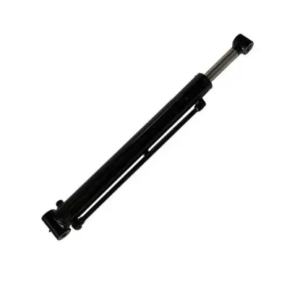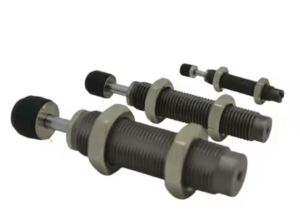Pneumatic (component) advantages
Both pneumatic and hydraulic flow belong to the category of fluid, but each has its own characteristics. The hydraulic is relatively stable, suitable for large power needs (such as drawing molds), and is generally not used much in the electronics industry. The advantages of pneumatic are more reflected in the following aspects.
1) Pneumatic device structure is simple, lightweight, the medium is compressed air, with fire, explosion-proof, moisture-proof ability, compared with the hydraulic way, pneumatic way can be used in high temperature occasions, so the use of safety.
2) Due to the small loss of air flow, compressed air can be centralized supply and long-distance transmission, the air itself does not cost money, the exhaust treatment is simple, and the environment is not polluted.
3) The adjustment of the output force and working speed is very easy, and the operating speed of the cylinder is generally less than 1m/s, which is faster than the hydraulic speed.
4) High reliability and long service life, such as the life of a general solenoid valve is more than 30 million times, and some quality valves even exceed 200 million times.

2. Composition of pneumatic system
A typical pneumatic system is composed of direction control valves, pneumatic actuator components, various pneumatic auxiliary components and air source purification components. From the perspective of institutional design, as long as you pay attention to the “triple combination” (air filter, pressure reducing valve, oil mist) and the selection of system components after it, while understanding some basic common sense, such as the pressure of compressed air is generally 0.5 ~0.7MPa, and for example, the equipment consumption is large, it may be necessary to add a separate storage tank for the equipment. For example, the longer the pipe is drawn, the more branches are divided, the worse the gas quality will be.

So, what are the commonly used pneumatic components? The main air storage tank, triple combination, air pump, pipe joint, control valve (electromagnetic reversing valve, manual reversing valve, pressure limiting valve, check valve, etc.), executive components (cylinder, pneumatic motor, spray gun, vacuum components, etc.). In summary, there are six major content, and the key to master is the execution unit (cylinder and its accessories) and the vacuum system.
Tex/Fax: 0086-577-62840011
WhatsApp: 0086-13355775769
#toolspneumatic#pneumaticpuncher#pneumaticwheels
#pneumaticfender#pneumaticchuck#pneumatictoolsset#pneumaticballvalve


